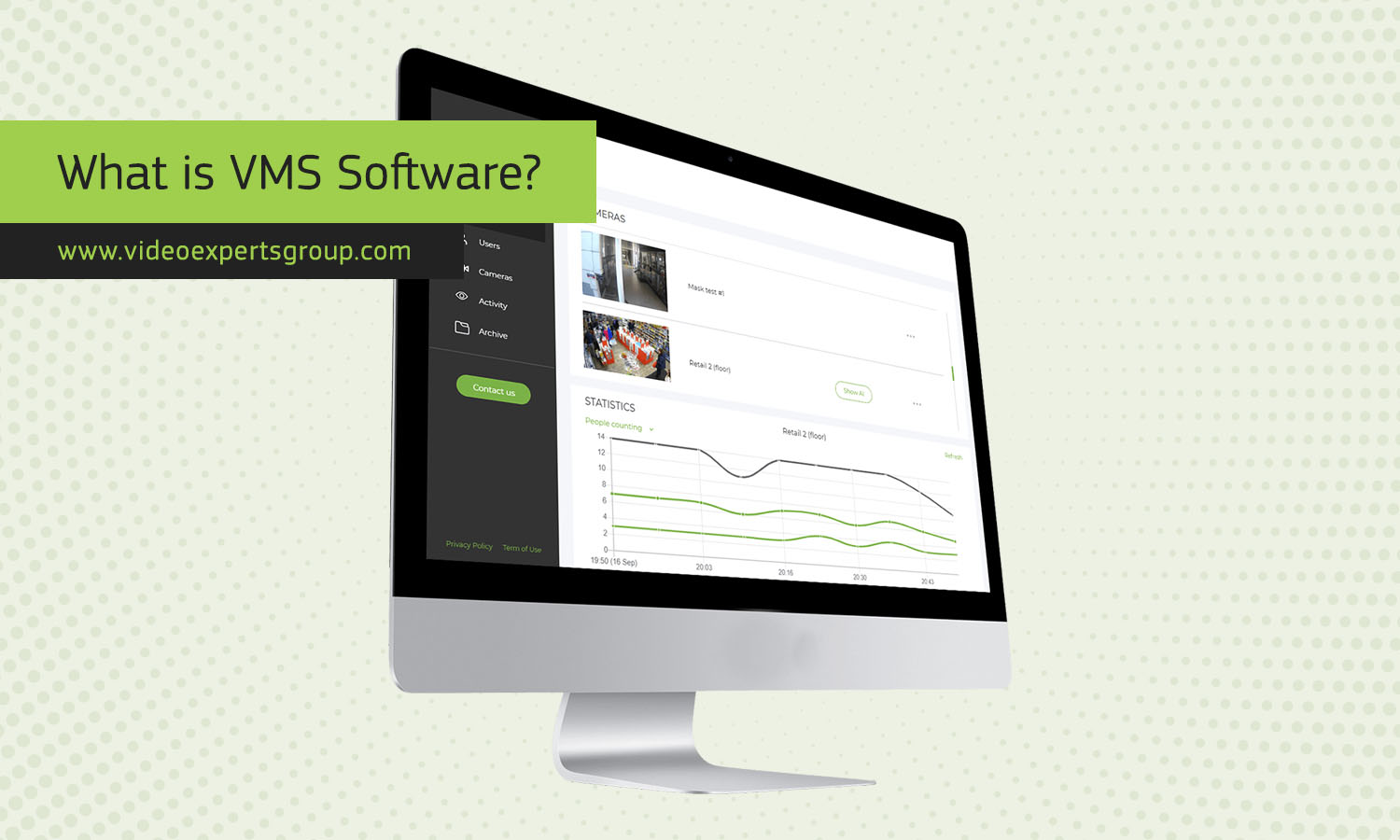VMS software, or Video Management Software, is an essential component in modern surveillance systems. It helps manage and control video from security cameras, making it easier to monitor, record, and analyze footage. This article will explain what VMS software is, its uses in CCTV systems, and how to use it.
What is VMS Software in CCTV?
VMS software in CCTV (Closed-Circuit Television) is a specialized application designed to handle video surveillance tasks. It acts as the central hub for managing video feeds from multiple cameras. VMS software can be installed on a computer or server and is used to monitor live video, record footage, and manage camera settings. It supports various camera types, including analog, IP (Internet Protocol), and HD cameras, making it a versatile tool in security systems.
What is VMS Software Used For?
VMS software is used for several key purposes in CCTV systems:
Live Monitoring:
VMS software allows security personnel to view real-time video feeds from multiple cameras on a single interface. This makes it easier to monitor different areas simultaneously.
Recording and Storage:
The software records video footage from cameras and stores it on a hard drive or cloud storage. This ensures that all events are documented and can be reviewed later.
Playback and Review:
Users can access recorded footage through the VMS software, making it simple to search for and review specific events. This is crucial for investigations and evidence collection.
Camera Management:
VMS software provides tools to configure and manage camera settings, such as adjusting the field of view, setting motion detection zones, and controlling PTZ (Pan-Tilt-Zoom) functions.
Alerts and Notifications:
The software can be programmed to send alerts and notifications when certain events occur, such as motion detection or unauthorized access. This helps in prompt response to potential security threats.
Integration with Other Systems:
VMS software can integrate with other security systems, such as access control and alarm systems, creating a comprehensive security solution.
How to Use VMS Software?
Using VMS software involves several steps to set up and operate the system effectively:
Installation:
Install the VMS software on a compatible computer or server. Follow the installation instructions provided by the software vendor.
Camera Configuration:
Connect your security cameras to the VMS software. This can involve network configuration for IP cameras or connecting analog cameras through a DVR. The software will usually detect the cameras automatically or allow manual addition.
Setting Up Recording:
Configure the recording settings, such as continuous recording, scheduled recording, or motion-triggered recording. Set the storage location for the recorded footage.
Live Monitoring:
Open the VMS software interface to view live feeds from your cameras. You can arrange the camera views on the screen, zoom in on specific areas, and switch between different cameras as needed.
Playback and Search:
Use the playback feature to review recorded footage. Most VMS software includes search functions to find specific events based on date, time, or detected motion.
Alerts and Notifications:
Set up alerts for specific events. For example, you can configure the software to send an email or SMS notification when motion is detected in a restricted area.
Regular Maintenance:
Regularly update the software to the latest version to ensure optimal performance and security. Check the system’s storage capacity and archive old footage as needed.
VMS software is a powerful tool for managing CCTV systems, offering comprehensive features for live monitoring, recording, playback, and camera management. It enhances the effectiveness of surveillance operations and helps maintain a secure environment. Understanding how to use VMS software can significantly improve the efficiency of your security system.
















